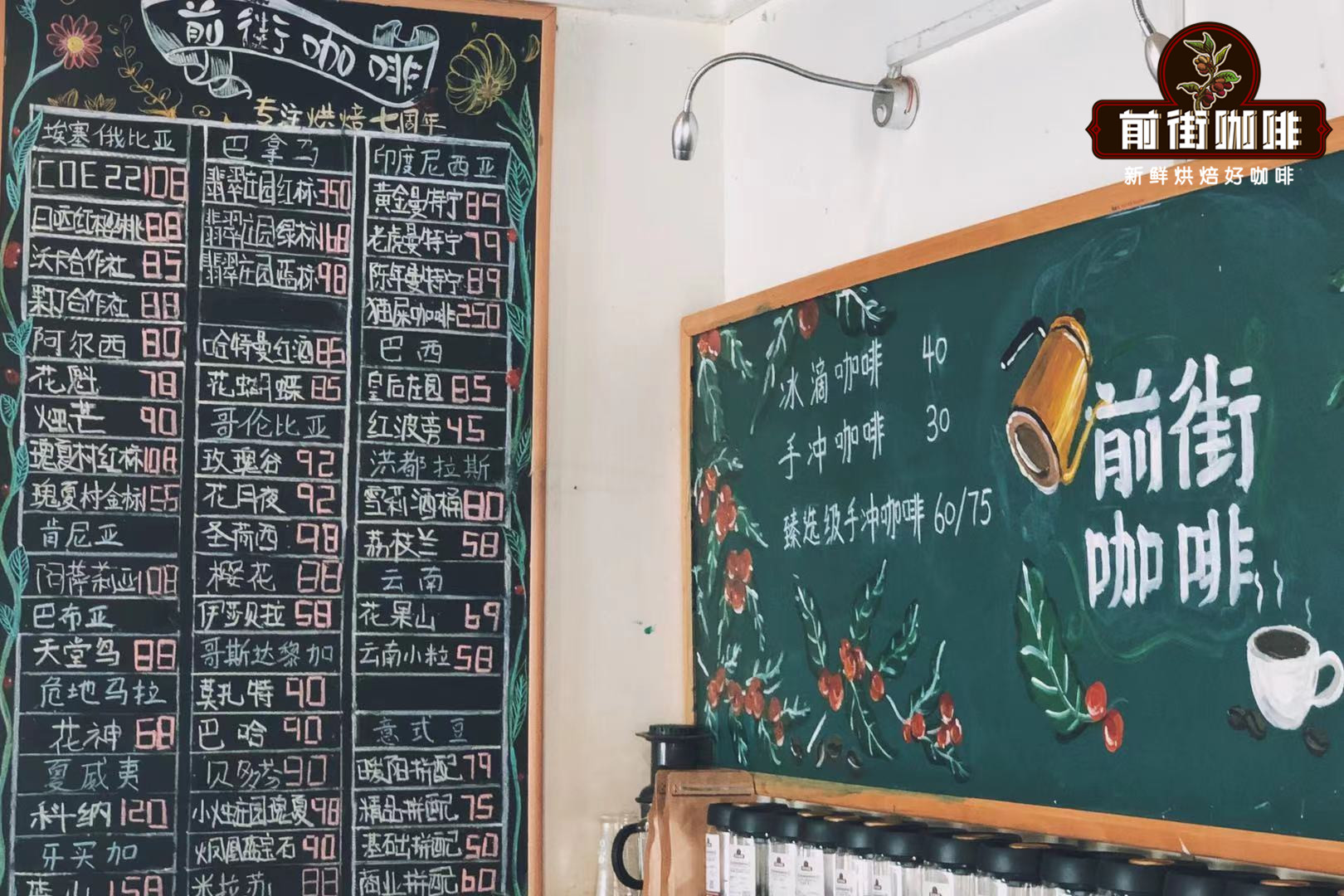An introduction to the characteristics of St. Helena Coffee Flavor description and treatment in Variety producing areas
We want to trace the history of St. Helena Coffee, starting with the discovery of St. Helena Island, a nameless island discovered by Portuguese warships in 1502, named St. Helena Island, and used for hundreds of years as a supply depot for fleets on voyages to Asia, or a place for sailors to recuperate.
In 1732, the British East India Company acquired the bourbon coffee tree (Yemeni round beans) from Mocha, Yemen, and randomly planted it on the then British island of St. Helena, leaving it to fend for itself. It was not until 83, October 16, 1815, when a great hero army of Napoleon was defeated by British and Prussian forces at Waterloo and put under house arrest on St. Helena that the island's rare coffee had a chance to be known.
Portuguese Admiral Joao da Nova discovered St. Helena Island.
The period from 1815 to 1821 was the last time of Napoleon's life, and it was also the period of St. Helena Coffee. Due to Napoleon's admiration for St. Helena Coffee, St. Helena caffeine began to attract the attention of the world, and became a temporary popularity in Paris, which can be regarded as a celebrity effect. At that time, St. Helena Coffee received high praise one after another, and in 1845 it became the top coffee in London market at a price of 1 pence per pound, becoming the most expensive and unique coffee in the world at that time. But the popularity did not continue, and even the residents of St. Helena seldom drank it.
Napoleon looked at France thousands of miles away from St. Helena Island.
It was David R.Henry who brought St. Helena back to glory. When he visited St. Helena in 1986, he was honored to have a taste of the island's coffee with the Governor of St. Helena, which was grown in Plantation House, the Governor's residence on the island of St. Helena.
Since then, David has been infatuated with St. Helena's coffee, so he devoted himself wholeheartedly to the production and promotion of St. Helena's coffee. It took him 8 years to get through all the links, and finally delivered St. Helena's coffee to London on March 25, 1997, under the attention of a large number of media and the public. To celebrate the arrival of a ship carrying coffee beans, the royal family designed a unique ivy coffee can in porcelain Wedgewood, containing St. Helena coffee, presented to the Queen by two companies. To our surprise, during the renovation of Napoleon Manor on St. Helena Island, we also found some broken Wedgewood original ivy style tableware. It can be seen that during Napoleon's exile in St. Helena Island, the French Regent had asked Wedgewood to make Ivy tea and coffee cutlery for Napoleon.

Important Notice :
前街咖啡 FrontStreet Coffee has moved to new addredd:
FrontStreet Coffee Address: 315,Donghua East Road,GuangZhou
Tel:020 38364473
- Prev

Introduction to the flavor description method of Mantenin coffee beans in Indonesia
Gold Mantenin, the Japanese adopted more stringent quality control more than a decade ago. After picking beans manually for four times, they eliminated defective beans and produced gold mantenin with dark green color and equal appearance of beans, creating another wave of market demand. Even Europe and the United States are crazy about it. The aged Agedmandheling is as sweet as honey. The successful old bean has worn away Manning's inelegant sour taste. Sour
- Next

Taste characteristics of Diamond Mountain Coffee Bean Variety treatment in Panamanian Jade Manor
The BOQUETE region of Panama, located in the province of CHIRIQUI on the border with Costa Rica, is the home of Panama's famous GEISHA coffee and is famous for producing high-quality Arabica coffee. Tedman & TEDMAN&MACINTYRE ESTATE Manor in the mountains 4000 feet above sea level in Poggett, originated in Panama
Related
- Detailed explanation of Jadeite planting Land in Panamanian Jadeite Manor introduction to the grading system of Jadeite competitive bidding, Red bid, Green bid and Rose Summer
- Story of Coffee planting in Brenka region of Costa Rica Stonehenge Manor anaerobic heavy honey treatment of flavor mouth
- What's on the barrel of Blue Mountain Coffee beans?
- Can American coffee also pull flowers? How to use hot American style to pull out a good-looking pattern?
- Can you make a cold extract with coffee beans? What is the right proportion for cold-extracted coffee formula?
- Indonesian PWN Gold Mandrine Coffee Origin Features Flavor How to Chong? Mandolin coffee is American.
- A brief introduction to the flavor characteristics of Brazilian yellow bourbon coffee beans
- What is the effect of different water quality on the flavor of cold-extracted coffee? What kind of water is best for brewing coffee?
- Why do you think of Rose Summer whenever you mention Panamanian coffee?
- Introduction to the characteristics of authentic blue mountain coffee bean producing areas? What is the CIB Coffee Authority in Jamaica?

